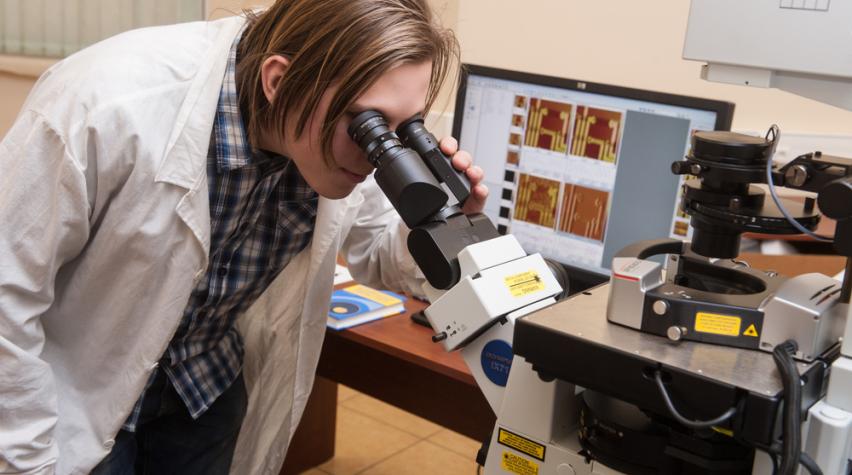
Scientists at the University of Massachusetts Amherst have developed a biological nanowire that could help make nanoelectronics greener. The scientists have genetically designed a strain of bacteria that spins an extremely thin and conductive wire made of non-toxic amino acids.
The beginnings of this discovery date back a decade, when microbiologist Derek Lovely and his colleagues discovered a common soil microorganism capable of producing nanowires. While those wires turned out to provide underwhelming conductivity, the discovery sparked years of research that led to the recent achievement.
Improving on nature
Building on what nature had already accomplished, the scientists looked at a class of amino acids important for conductivity and rearranged them to produce synthetic nanowire.
The solution was to introduce the amino acid tryptophan, which wasn't originally present in the natural nanowires. While widely known to be present in Thanksgiving turkey, this amino acid is also highly effective in transporting electrons at the nanoscale.
The result: the synthetic nanowires were 2000 times more conductive than the originally discovered natural nanowires. What's more, their diameter—at only 1.5 nanometers—is half that of the naturally occurring wires.
For more on this discovery, see the team's press release as well as their published work.


